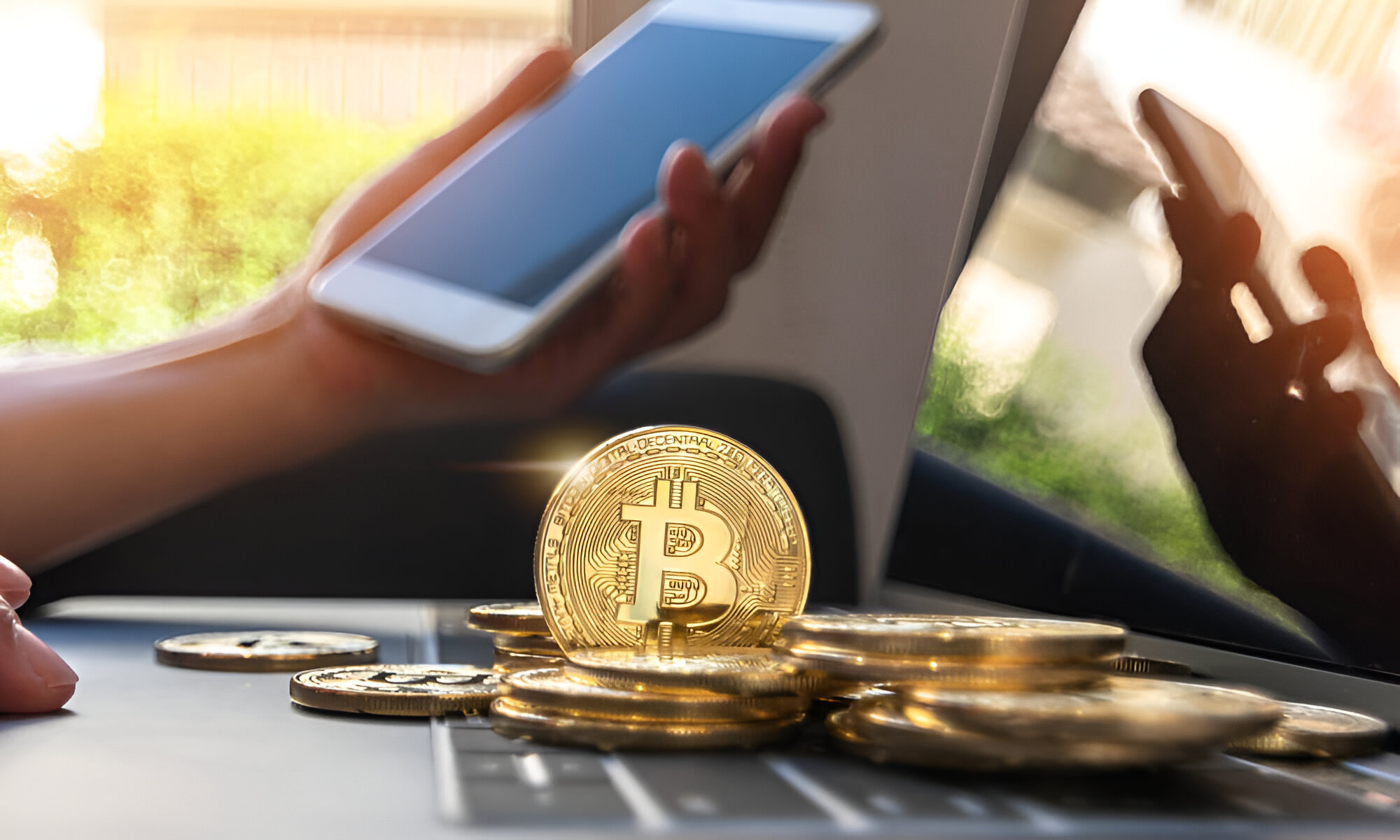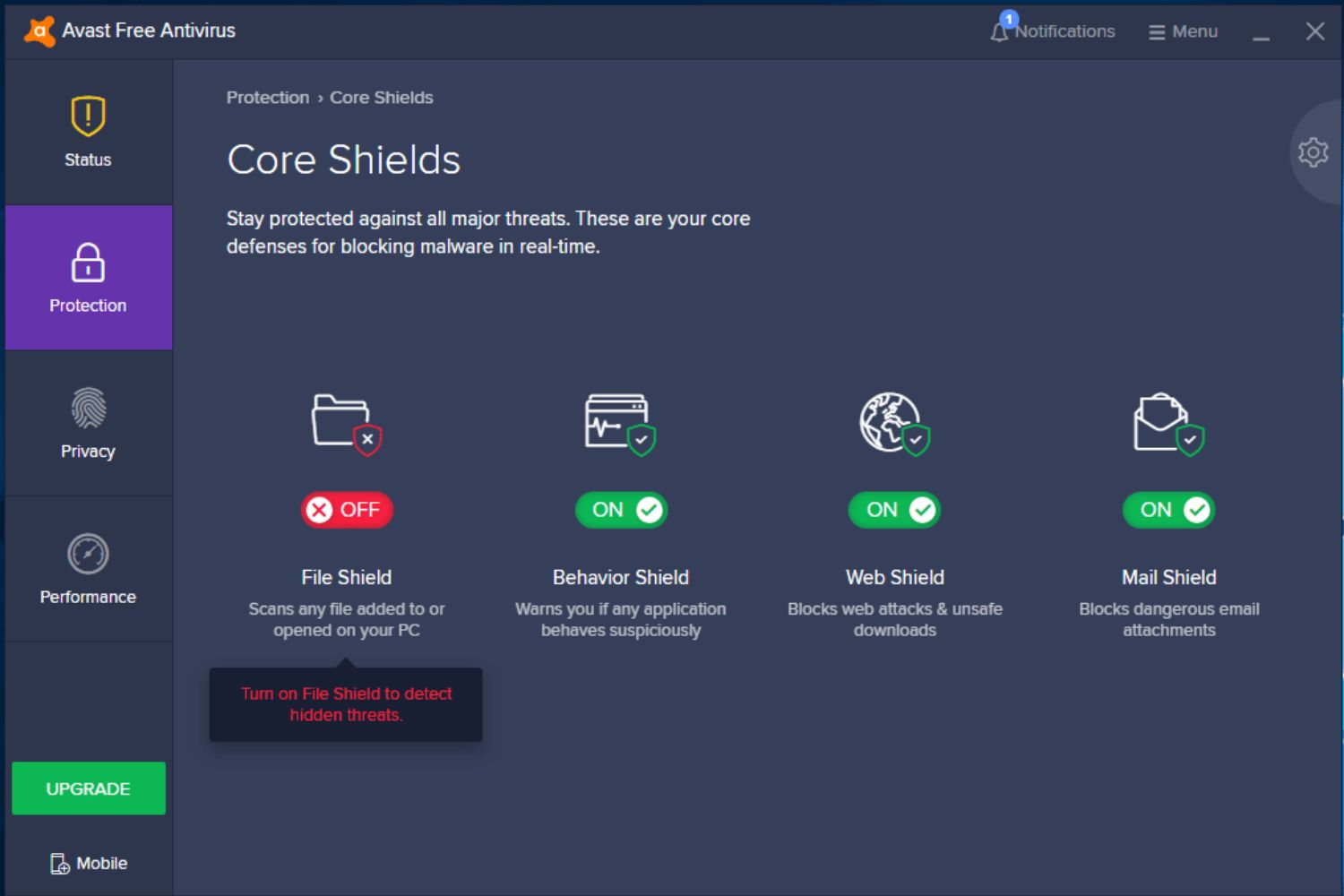Introduction
Peer-to-peer (P2P) technology has revolutionized the way we interact, share, and access information on the internet. It has completely transformed the digital landscape, enabling users to connect directly with one another without the need for intermediaries or centralized servers. P2P networks distribute resources and responsibilities across multiple participants, empowering individuals to share files, stream media, play games, and engage in various online activities.
At its core, P2P technology allows users to harness the power of collective resources, creating a decentralized and efficient system for data exchange. Unlike traditional client-server architectures, where data flows through a central server, P2P networks enable direct communication between individual devices, facilitating faster and more resilient connections.
In recent years, P2P technology has gained immense popularity due to its numerous advantages. The decentralized nature of P2P networks not only increases efficiency but also enhances security and preserves user privacy. Additionally, P2P networks can effectively handle high volumes of traffic and distribute resources among users, ensuring a stable and reliable experience.
In this article, we will explore the various use cases of P2P technology and how it has transformed different aspects of our digital lives. From file sharing to content delivery, online gaming to cryptocurrency transactions, P2P networks have greatly influenced how we interact with the digital world.
Sharing Files
One of the most popular applications of P2P technology is file sharing. P2P networks enable users to share files directly with one another, eliminating the need for a central server or storage platform. This decentralized approach not only makes file sharing more efficient but also enhances privacy and reduces reliance on costly infrastructure.
P2P file sharing works by breaking down a file into smaller pieces and distributing them among participants in the network. When a user wants to download a file, they connect to other users who already have the file or are currently downloading it. This allows for faster downloads as the file is retrieved from multiple sources simultaneously.
One of the most well-known P2P file sharing protocols is BitTorrent, which efficiently distributes files by prioritizing and exchanging small chunks of data. BitTorrent allows users to download files from multiple sources, enabling faster downloads and reducing the strain on any single server. This makes it particularly useful for sharing large files, such as movies, software, or music.
P2P file sharing has had a significant impact on various industries. For example, it has revolutionized the music industry by allowing independent artists to distribute their work directly to listeners, bypassing traditional record labels. Similarly, it has enabled filmmakers to share their movies with a wider audience, expanding distribution options beyond traditional cinemas.
However, it is important to mention that P2P file sharing has also faced criticism for facilitating the illegal sharing of copyrighted material. While P2P technology itself is not illegal, it has been involved in some high-profile copyright infringement cases. Nevertheless, P2P file sharing continues to be a popular method for legitimate file sharing, collaboration, and distribution.
Streaming Media
P2P technology has had a profound impact on the way we consume and distribute media, particularly when it comes to streaming content online. Traditional streaming platforms rely on centralized servers to deliver media to users, resulting in limited scalability and potential bottlenecks. P2P technology offers a decentralized alternative, enabling more efficient and scalable media streaming.
In a P2P streaming network, the media content is divided into small chunks, which are then distributed among the users participating in the network. When a user wants to stream a particular video or audio file, they connect to other users who already have that content or are currently streaming it. This peer-to-peer approach ensures that the streaming load is distributed across participants, reducing the strain on any single server.
P2P streaming offers numerous benefits, including improved reliability and resilience. Since the content is distributed across multiple sources, even if one source becomes unavailable or experiences congestion, the streaming can continue seamlessly from other available sources. This makes P2P streaming particularly well-suited for live events, where high demand and potential server overload can be effectively managed.
Furthermore, P2P streaming can provide a more cost-effective solution for content providers. By leveraging the collective resources of the network participants, it reduces the need for expensive server infrastructure. This allows smaller content providers or independent creators to reach wider audiences without incurring significant costs.
However, it’s worth noting that P2P streaming also presents some challenges. Often, P2P streaming requires a certain number of active participants in the network to ensure a smooth streaming experience. If the number of participants decreases, it may result in slower buffering times or interrupted streams. Additionally, the quality of the streaming experience may vary depending on the available network bandwidth and the reliability of the participating peers.
Nevertheless, P2P streaming has gained popularity and continues to evolve with advancements in technology. It offers a scalable, cost-effective, and resilient solution for delivering media content over the internet, reshaping the way we consume movies, TV shows, music, and other forms of multimedia.
Online Gaming
P2P technology has significantly transformed the landscape of online gaming, enabling players to connect, interact, and compete with one another in real-time. P2P networks provide a decentralized framework that allows gamers to establish direct connections between their devices, facilitating multiplayer experiences without the need for dedicated servers.
In a P2P gaming network, each player’s device acts as both a client and a server, allowing for direct communication between participants. This eliminates the need for a central server to process and relay game data, resulting in reduced latency and improved responsiveness. P2P gaming networks can efficiently distribute game data and updates among the players, enhancing the overall gaming experience.
One of the key advantages of P2P gaming is its scalability. Unlike traditional client-server architectures, P2P networks can easily accommodate a large number of players without the need for expensive server infrastructure. This allows for massive multiplayer games, where thousands of players can interact simultaneously, creating dynamic and immersive virtual worlds.
P2P gaming also facilitates peer-to-peer matchmaking, allowing players to find opponents or teammates based on skill level or preferences. Instead of relying on centralized matchmaking servers, P2P networks enable players to connect directly with one another, fostering a sense of community and enhancing social interactions within the gaming community.
Furthermore, P2P gaming networks offer increased resiliency. Since there is no single point of failure, even if one player drops out or experiences connection issues, the game can still continue uninterrupted as other players can seamlessly take on the hosting responsibilities. This ensures a more stable and reliable gaming experience, reducing the frustration of sudden disruptions.
However, P2P gaming is not without its challenges. The reliance on individual players’ network connections means that the gaming experience can vary based on factors such as network stability, bandwidth, and geographic distance between players. Additionally, P2P gaming networks are more susceptible to cheating and hacking compared to centralized architectures, requiring robust security measures to ensure fair gameplay.
Despite these challenges, P2P gaming has revolutionized the multiplayer gaming experience, allowing players from around the world to connect, collaborate, and compete in virtual environments. The decentralized nature of P2P networks has facilitated the growth of online gaming communities, inspiring innovation and pushing the boundaries of what is possible in the gaming industry.
Content Delivery Networks
P2P technology has not only revolutionized how we share files and stream media, but it has also had a significant impact on content delivery networks (CDNs). CDNs play a crucial role in ensuring the timely and efficient delivery of web content to users around the world. P2P technology complements and enhances the capabilities of CDNs by utilizing the collective resources of users to improve content distribution.
Traditional CDNs rely on a network of servers strategically positioned in data centers worldwide. When a user requests a web page or a file, the CDN server closest to the user’s location delivers the content, reducing latency and improving performance. However, limited server capacity and high traffic volumes can still lead to bottlenecks and slower content delivery.
P2P CDNs address these limitations by leveraging the power of distributed networks. In a P2P CDN, users who have already accessed a specific piece of content act as temporary servers, storing and distributing that content to other users. This distributed approach reduces the load on central servers and improves content delivery speed, especially for frequently accessed or popular content.
By combining traditional CDN infrastructure with P2P technology, P2P CDNs can effectively handle sudden bursts of traffic and accommodate high-demand content. P2P CDNs also offer cost advantages, as the bandwidth and storage requirements are shared among participants, reducing the need for costly infrastructure investments.
However, it is important to note that P2P CDNs present unique challenges compared to traditional CDNs. Ensuring the integrity and authenticity of the content becomes more critical when relying on a distributed network of users. Implementing robust security measures and content verification mechanisms is essential to prevent unauthorized modifications or tampering.
Another consideration is the impact on user privacy. P2P CDNs involve users temporarily hosting and distributing pieces of content, which may raise privacy concerns. Appropriate measures must be in place to protect user data and ensure compliance with privacy regulations.
Despite these challenges, P2P CDNs offer a promising solution for distributing and delivering web content more efficiently and cost-effectively. The decentralized nature of P2P networks, coupled with the scalability and reliability of traditional CDNs, provides a powerful framework for enhancing content delivery on a global scale.
Cryptocurrencies and Blockchain Technology
P2P technology has played a pivotal role in the emergence and growth of cryptocurrencies, powered by blockchain technology. Cryptocurrencies like Bitcoin and Ethereum rely on decentralized peer-to-peer networks to facilitate secure and transparent transactions without the need for intermediaries such as banks or governments.
At the heart of cryptocurrencies is blockchain technology, a distributed ledger that records all transactions in a transparent and immutable manner. P2P networks are used to maintain and validate the blockchain, ensuring the integrity and security of the digital currency system.
P2P networks provide the foundation for the decentralized nature of cryptocurrencies. Individuals running the network, known as nodes, share and verify transaction data, eliminating the need for a central authority. This enables peer-to-peer transactions, where parties can directly exchange cryptocurrencies without relying on intermediaries or third parties.
One of the key advantages of P2P networks in cryptocurrencies is enhanced security. With traditional centralized systems, a single point of failure can jeopardize the security of the entire network. In contrast, P2P networks distribute data and validation across multiple nodes, making it more resistant to attacks and ensuring the integrity of transactions.
P2P networks also contribute to the scalability of cryptocurrencies. As the network grows, more nodes join, and the computing power expands, making the system more robust and capable of handling increasing transaction volumes. This scalability is crucial for the widespread adoption and use of cryptocurrencies as a reliable medium of exchange.
Furthermore, P2P networks ensure the transparency and auditability of cryptocurrency transactions. Since every transaction is recorded on the blockchain and shared among network participants, it becomes difficult to alter or manipulate the transaction history. This transparency inspires trust and helps prevent fraud in the cryptocurrency ecosystem.
However, P2P networks in cryptocurrencies are not without challenges. The decentralized nature of these networks can make them susceptible to attacks, such as 51% attacks, where a single party gains control of the majority of the network’s computing power. Additionally, the energy consumption required for maintaining P2P cryptocurrency networks has raised concerns about sustainability and environmental impact.
Despite these challenges, P2P networks have been instrumental in the growth and adoption of cryptocurrencies, enabling secure and direct transactions while fostering trust and transparency. As blockchain technology continues to evolve, P2P networks will play a vital role in shaping the future of digital currencies and revolutionizing financial systems around the world.

























